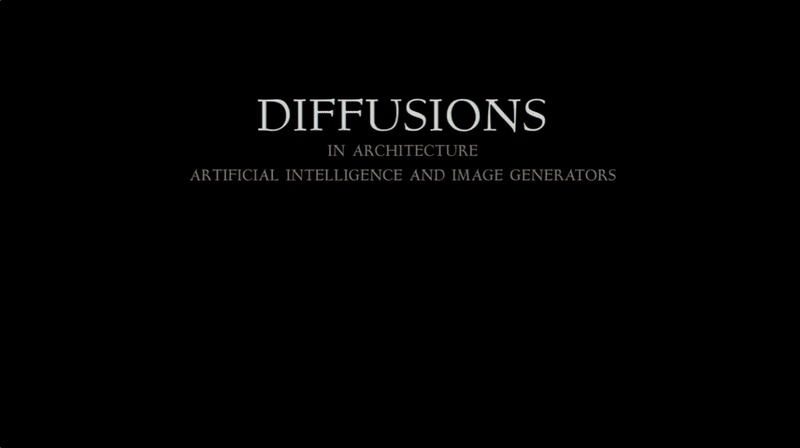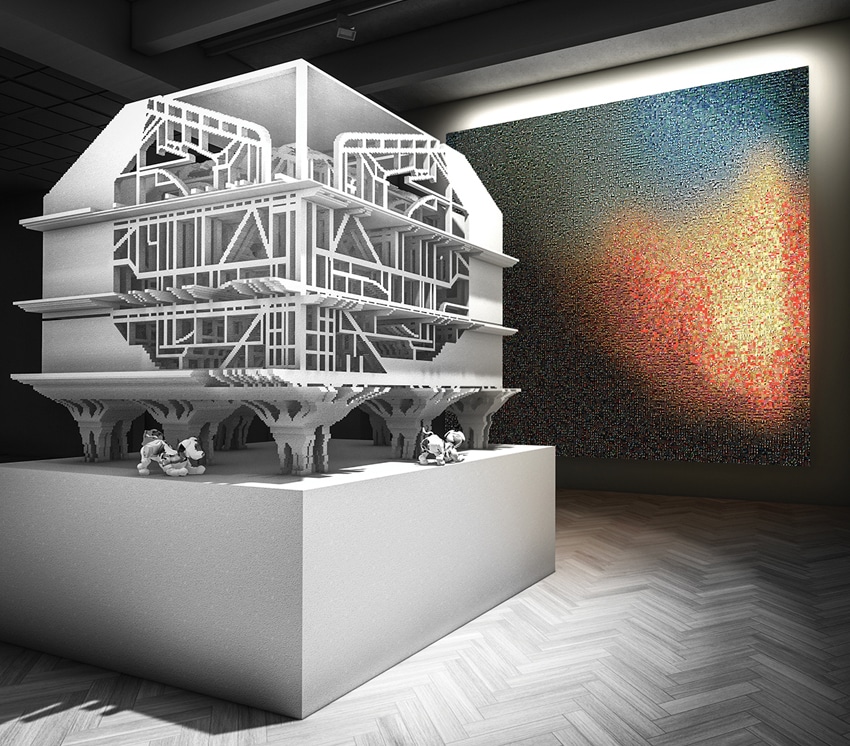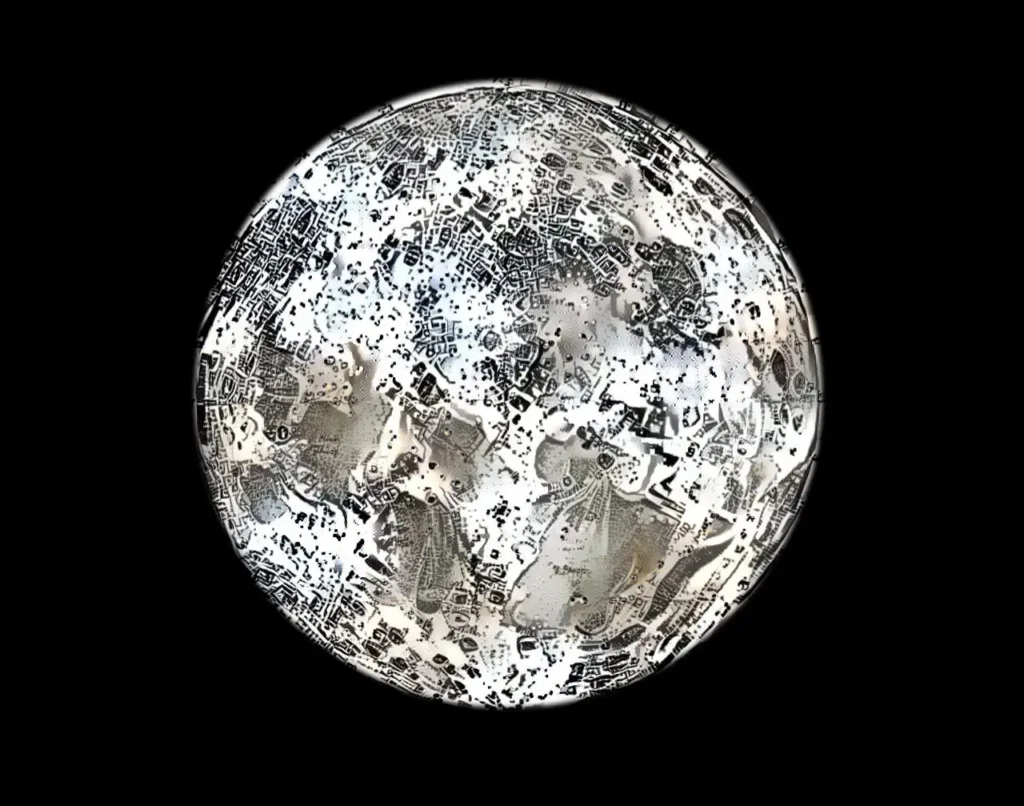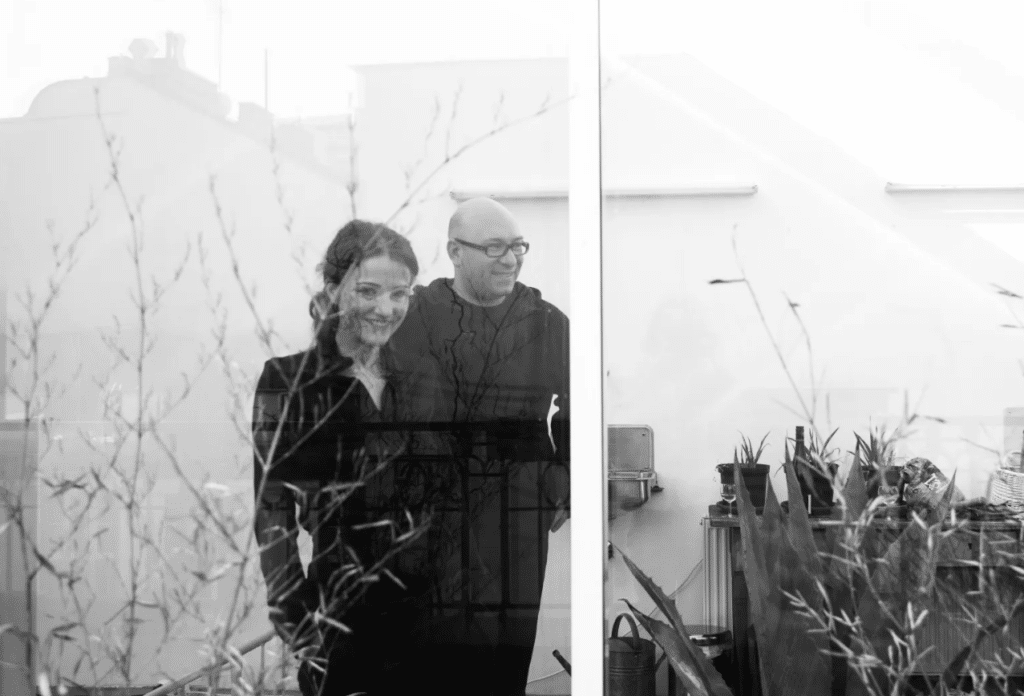Exploring the intersection of art, technology, and the future of architecture through a conversation with Matias del Campo

Introduction
In an era defined by rapid technological evolution, the architectural landscape is undergoing a profound transformation. Our recent podcast episode, Digital Dreams: The Philosophical Impact of AI on Architectural Narratives, delved into how artificial intelligence is reshaping architectural discourse. In this blog post, we take you behind the conversation with Dr. Matias del Campo—a trailblazer in integrating AI with design—to explore the ideas that are challenging traditional notions of creativity and authorship in our field.
The Emergence of Digital Narratives in Architecture
For decades, architecture has been about balancing art with engineering, aesthetics with function. However, the advent of AI has pushed this balance into new territory. Today, algorithms do more than automate tasks; they challenge our perception of design by proposing forms and narratives that were once confined to the realm of imagination.
Matias del Campo’s work underscores a crucial evolution: AI is not merely a tool but a catalyst that redefines creative processes. His perspective invites us to reconsider the very foundations of architectural authorship—questioning where human ingenuity ends and where computational suggestion begins.

John Wiley & Sons

Meet Matias del Campo: Bridging Computation and Creativity
Dr. Matias del Campo is a Chilean-born Austrian architect, designer, and educator who has dedicated his career to exploring the interface between artificial intelligence and architecture. As a co-founder of SPAN—an award-winning architectural practice known for its cutting-edge, computationally driven designs—Matias has continually pushed the boundaries of what is possible in design.
Currently, he directs the ARIL (Architecture and Artificial Intelligence Laboratory) and has held prestigious academic roles at institutions like the University of Michigan and New York Institute of Technology. His influential publications, including Diffusions in Architecture, provide a deep philosophical inquiry into the role of generative AI in shaping design narratives.
Key Insights from the Podcast Interview
Our discussion with Matias was rich and layered, addressing both the practical and philosophical dimensions of AI in architecture. Here are some of the key themes we explored:
The Spark of Digital Narratives
Matias recounted how his early experiences—growing up in an environment where art and technology intertwined—led him to pursue a computational approach in architecture. A formative moment in Hans Hollein’s studio and his first encounters with AI pioneers set him on a path that combined rigorous technical knowledge with a deep artistic sensibility.

Redefining Architectural Authorship
One of the most compelling parts of our conversation centered on how AI is reshaping the role of the architect. With AI acting as a creative collaborator, the traditional notion of a singular author of design is evolving into a dynamic dialogue between human intuition and machine-generated suggestions. This prompts a reevaluation of what it means to be creative in an age where data and algorithms participate in the creative process.

Balancing Intuition with Algorithmic Precision
The discussion explored the challenge of integrating the emotive power of human creativity with the analytical precision of AI. Matias emphasized that while AI can generate diverse design options, it is the architect’s role to sift through these possibilities, imbuing them with context, cultural significance, and human emotion. The partnership between man and machine becomes a dance where each influences the other.

Matias del Campo (Editor), Lev Manovich (Preface by)
Embracing Unexpected Inspirations
AI often presents unexpected ideas—design solutions that defy conventional wisdom. Matias shared instances where computational outputs spurred innovative concepts, demonstrating how these “surprise” moments can drive creative breakthroughs. However, he also cautioned that the role of human interpretation remains crucial in discerning which ideas truly hold transformative potential.

Reimagining the Future of Design
Looking ahead, our conversation turned to the future of AI in design. Matias discussed the promise of AI in tackling both “tame” engineering challenges and “wicked” aesthetic problems. He argued that far from replacing architects, AI will become an essential partner—freeing up designers to focus on innovation, sustainability, and the deeper cultural narratives embedded in our built environment.

Philosophical and Cultural Reflections
Beyond the technical aspects, our interview delved into profound philosophical questions. Matias challenged us to think about the nature of creativity itself. He raised questions such as: What does it mean to create something new when much of our innovation is, in essence, a remix of past ideas? Can AI truly generate original art, or does it simply reassemble existing concepts in novel ways? These reflections are not only relevant to architecture but also resonate across all creative fields in the digital age.

The Collaborative Future of Architecture
A key takeaway from our conversation is that AI is poised to be a collaborative partner rather than a competitor. Matias emphasized that architects who engage with AI will be better equipped to innovate, addressing both the technical demands of modern design and the rich, subjective layers of cultural meaning. Embracing AI means reimagining our roles and harnessing these technologies to elevate our creative practices.

Leaving Thoughts
Our conversation with Matias del Campo was an invitation to reimagine architecture as a dynamic interplay of art, technology, and cultural storytelling. As we navigate this digital frontier, the challenge is not to let machines dictate our creative destiny but to use them as partners in crafting richer, more resonant narratives.
For those inspired by Matias’s insights, we encourage you to explore his work further—whether through his groundbreaking projects at SPAN, his innovative publications like Diffusions in Architecture, or his thought-provoking lectures and exhibitions.

